Winners of Wiki Loves Monuments 2019 in Iran
etween September 5 (۱۵ شهریور) and October 7 (۱۵ مهر) of 2019, close to 203 people participated in Wiki Loves Monuments in Iran. The local contest, now in its fifth year, has been a force to help enrich Wikipedia with photos of more than 26,000 nationally registered monuments of Iran. Today we share with you the top 10 nominations of Iran to compete at the international level as well as some statistics about the contest.
Nominations
The top 10 winners of Iran are announced thanks to Iran’s jury ( Diego Delso, Sam Javanrouh, Mohammad Majidi, Ali Parsa, Kimia Rahgozar) and volunteers who reviewed more than 2400 photos submitted to the national contest. These photos are now nominated to compete with nominations from up to 48 other campaigns at the Wiki Loves Monuments international level.
As always and before going to the winners: Although Wiki Loves Monuments is a photo competition, the story of the people behind the photos is as beautiful and important as the photos themselves. These are the people who have decided to share their knowledge and documentation of the world’s built cultural heritage with the rest of the world through Wikipedia and other Wikimedia projects. As a result, when we knew more about the photographer and the moment they captured the photo in, or if the jury had shared their comments about the photo, we have share more information with you.
First place. Ali Qapu Palace. A Safavid-era building in Naqsh-e Jahan Square, a UNESCO world heritage site, in Isfahan. (Amirpashaei, CC BY-SA 4.0)
Amir Pashaei, 35 year old, has been an amateur photographer for 15 years and a professional one for 3. For this year’s Wiki Loves Monuments he embarks on a 3-day trip to Isfahan to take more photos to participate in Wiki Loves Monuments after one of his earlier photos becomes a featured photo of Wikimedia Commons very quickly after upload. For this panoramic HDR, Amir takes 25 photos and combine to recreate the majesty and beauty of Ali Qapu in the the final minutes of the day. The jury describes the photo as one “with perfect framing and colours, mixed with long exposure to recreate mirror like reflection”, and “a pleasant and accurate depiction of the palace”.
Second place. The interior of Ali Qapu Palace; the staircases that take you to the second floor of the palace. (Alexander Popokov, CC BY-SA 4.0)
The jury describes the photo as one with a “unique angle and beautiful light” which “make for an invitation to venture down the spiral stairs”.
Third place. A lookout of Ayyoub Cave located at the elevation of more than 2,800 meters in Ayyoub Mountain in Kerman Province. The jury particularly appreciated the “great use of natural framing to demonstrate location”. (Morteza salehi70, CC BY-SA 4.0)
Fourth place. One of the prominent bridges of Isfahan, Khaju Bridge, viewed from top on a cold. A Safavid era monument that according to Pedram Forouzanfar, the professional photographer of this photo, is known by locals to have a flying eagle shape when viewed from the top. Pedram spent many hours and days to find the perfect lighting for this photo and captured the bridge at dawn on a cold fall day. What makes the photo particularly special is that it is taken at a rare occasion that after many years Zayanderud, the river that the bridge is on, had water again. (Pedram forouzanfar, CC BY-SA 4.0)
The jury appreciates the photo as a novel look at the bridge in Isfahan, thanks to the drone photography which gives the photographers a new tool.”
Fifth place. A frame in frame photo of Vakil Mosque in Shiraz by Ali Khavanin, a 29 year old amateur photographer, who lives in Shiraz and is deeply familiar with the monument. (Yare zaman2000, CC BY-SA 4.0)
The jury describes the photo as one with “Unique framing and beautiful layered lights” that create “depth and intrigue”.
Sixth place. The ceiling of Qom Bazaar’s courtyard (timche), a Qajar era building in Qom captured 45 minutes before sunset, when the light outside of the building is gentler and the combination of inside and outside light allows for picturing the beauty of the ceiling. (Amirpashaei, CC BY-SA 4.0)
Amir further describes himself as one who likes to go on photography walks alone, to be able to focus and ideate to capture the beauty of what surrounds him. This photo is the first photo Amir uploads as part of this year’s contest and the fact that the photo becomes a featured photo very quickly encourages him to take more photos.
Sixth place. The second sixth place photo goes to the ceilings inside of Sheikh Lotfollah mosque in Isfahan that are detailed and colorful. (Amirpashaei, CC BY-SA 4.0)
Sixth place. The vault of Shah Mosque in Isfahan The vibrant interior of Sheikh Lotfollah Mosque in Isfahan. (Amirpashaei, CC BY-SA 4.0)
The jury finds the framing of the photo “pleasing” and calls out the ” good mix of organic clouds textures with the geometric patterns” which together make a beautiful photograph.
Ninth place. An aerial view of Ganjali Khan Complex, a Safavid era complex located in the old part of the city of Kerman. The complex includes a school, a mosque, a bazaar, a bathhouse and more. (Morteza salehi70, CC BY-SA 4.0)
The jury appreciates the “good composition” and “colors” of the photo calling it “almost like an abstract painting”. The “novel look” at the monument is called out.
Tenth place. A view of the tomb of Hafez, the celebrated Persian poet, in Shiraz. (Mshayati, CC BY-SA 4.0)
Mohammad Sadegh Hayati, a 31 year old amateur photographer describes the night when he took this photo as a night that he and Hafez spent the time to ponder on the beauties surrounding them. Mohammad’s attention was on the turquoise colors of the monuments and the stars and their movements and how they can capture the passage of time.
The jury describes the photo as one with “Long exposure and careful framing” in a way that has helped the photographer “create a new view for this often photographed monument”.
Interested to see nominations by other Wiki Loves Monuments 2019 campaigns? Check them out!
Statistics
203 participants joined this year’s contest by uploading at least one photo of one of the 26000 nationally registered monuments in Iran. From this number, 73% of the participants are newcomers to Wikimedia projects. These participants uploaded 2,488 (and counting) photos to Wikimedia Commons, the media repository for Wikipedia. 10% of these photos are currently being used in one or more of the Wikimedia projects.
In terms of the number of participants and uploads, Iran’s campaign did not do as well as last year where we had more than 1200 participants uploading more than 13,600 photos. We will be looking into the reasons behind this significant change though we speculate the change being due to the fact that the contest was not advertised through Sitenotice on Persian Wikipedia (Learn more)
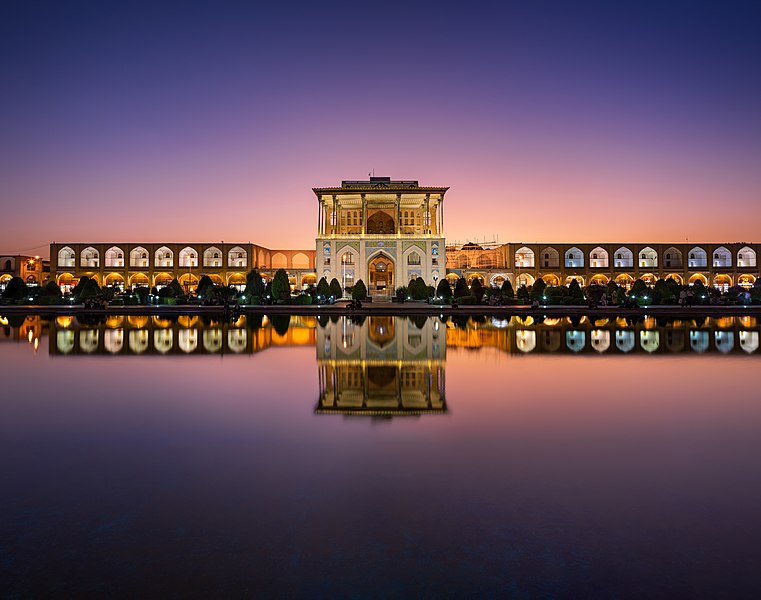
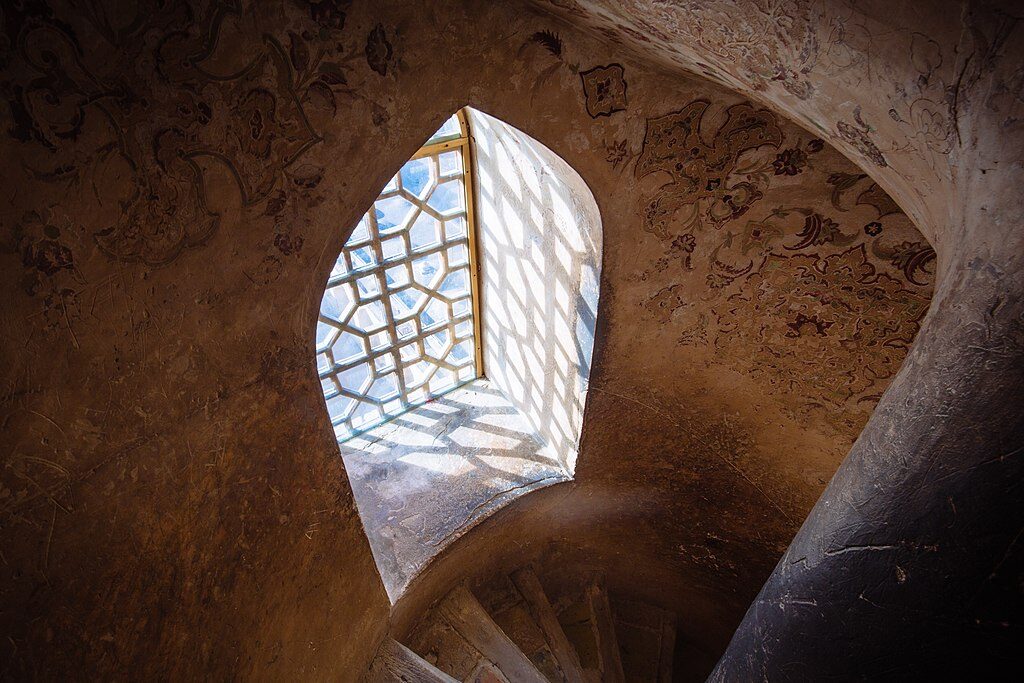
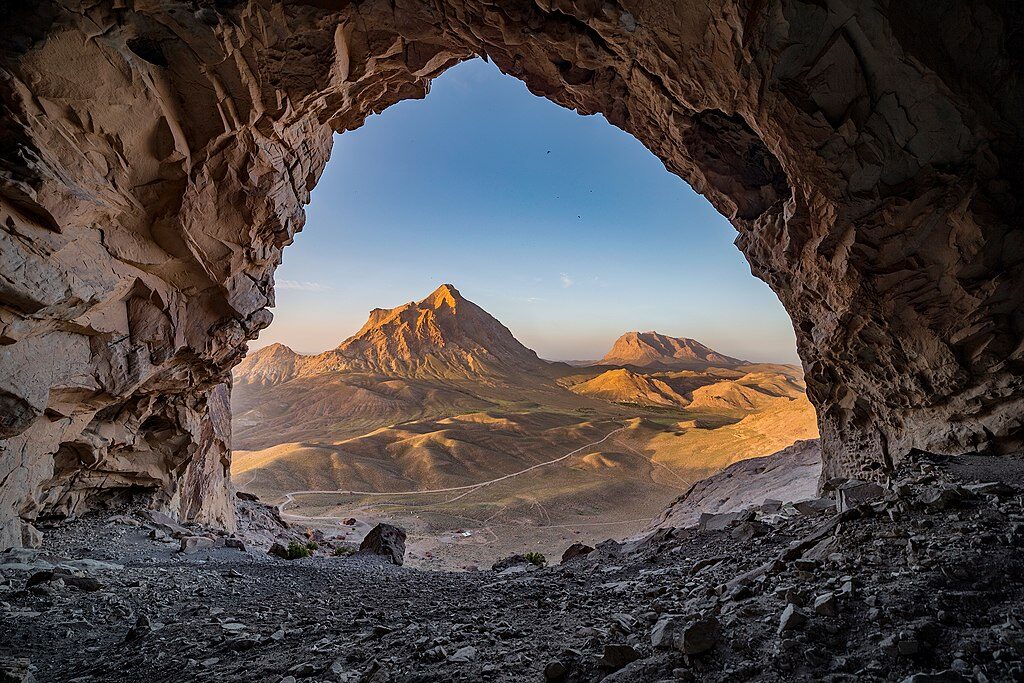
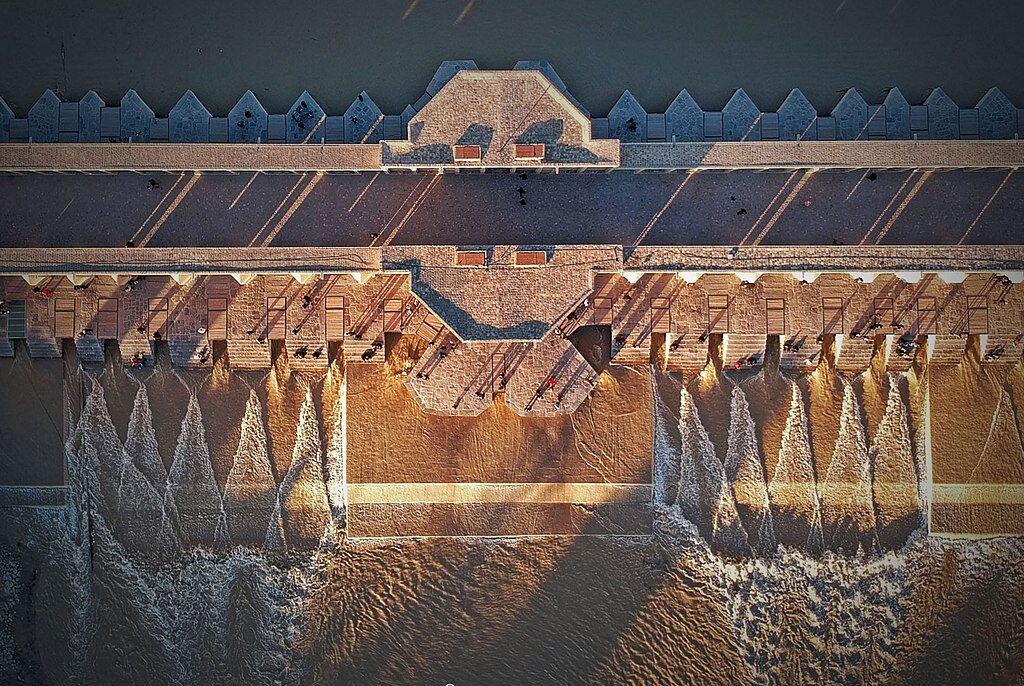
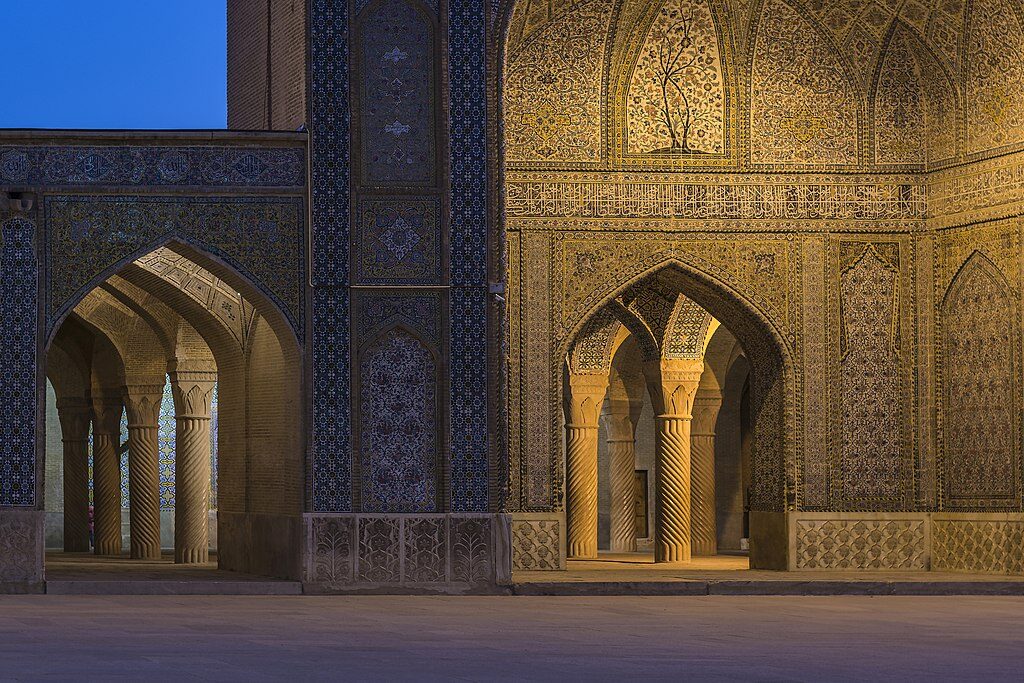
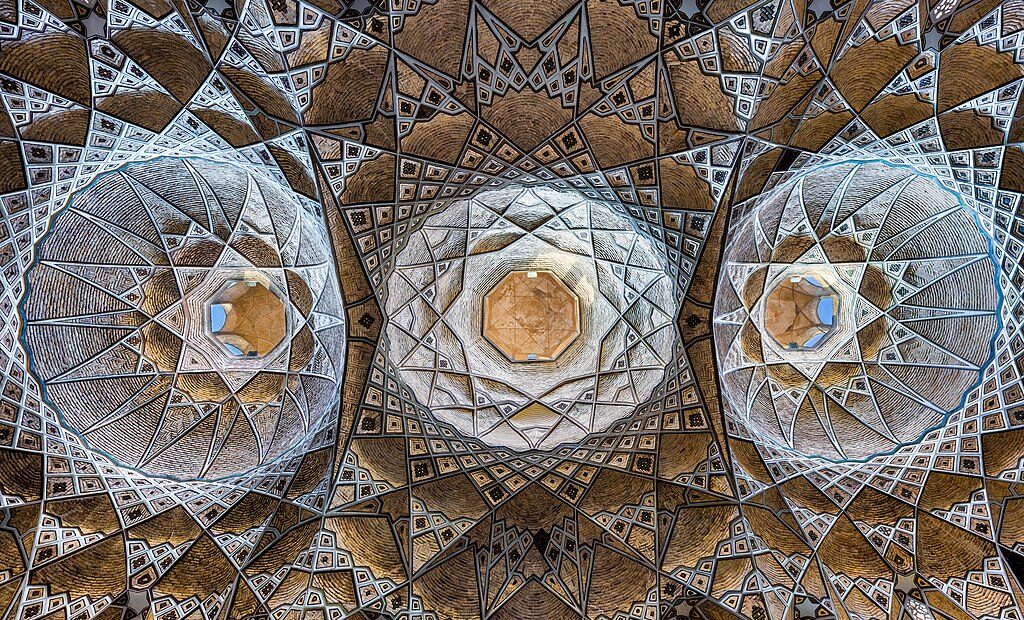
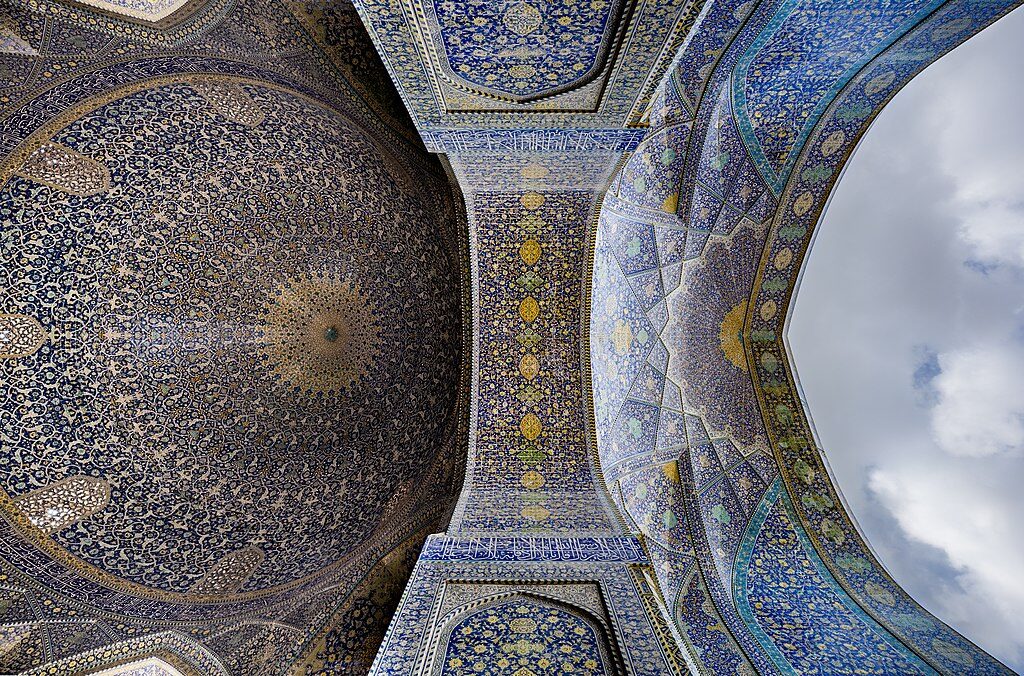
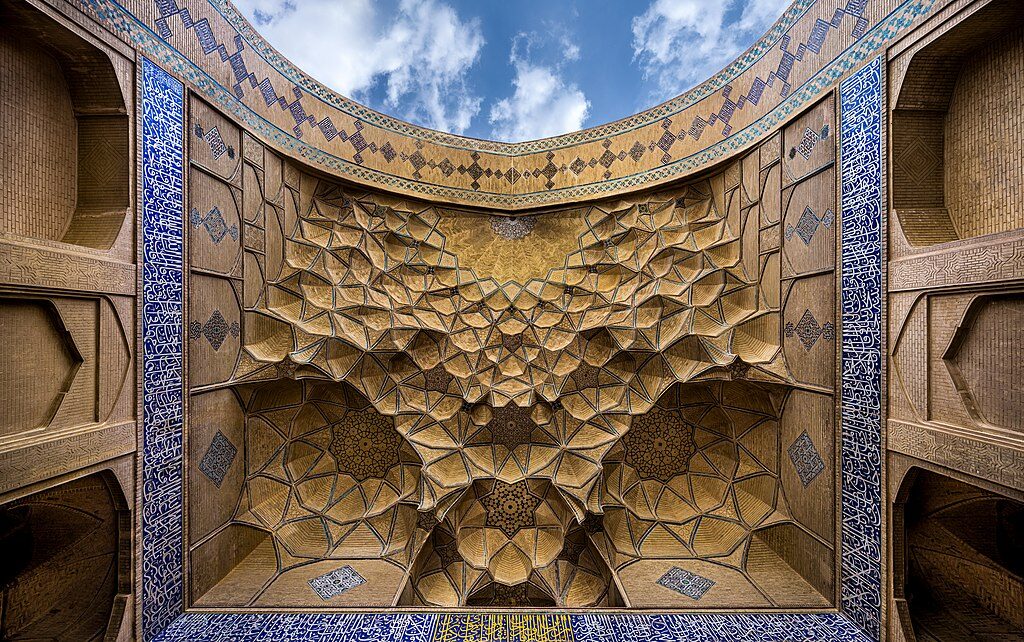
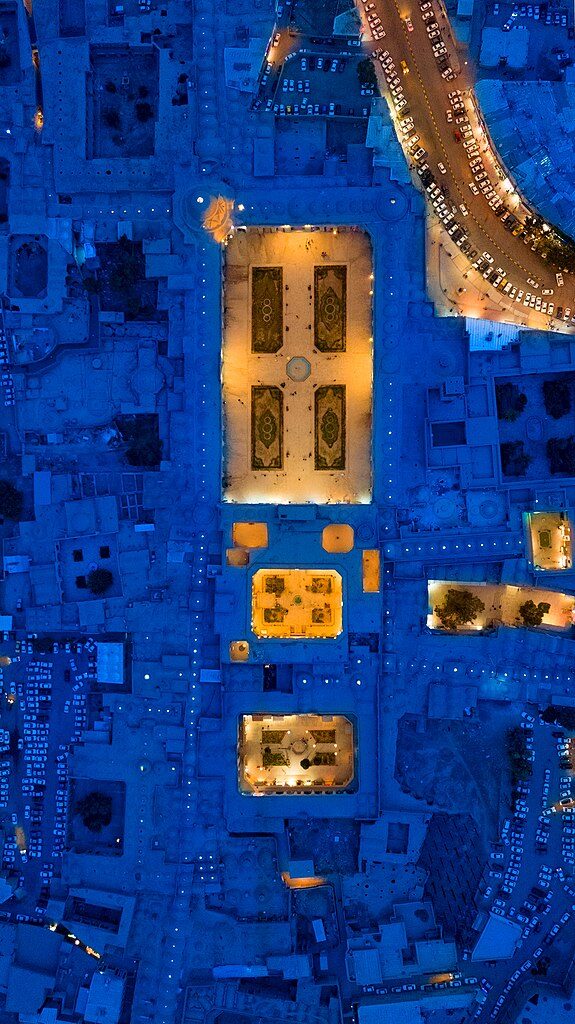
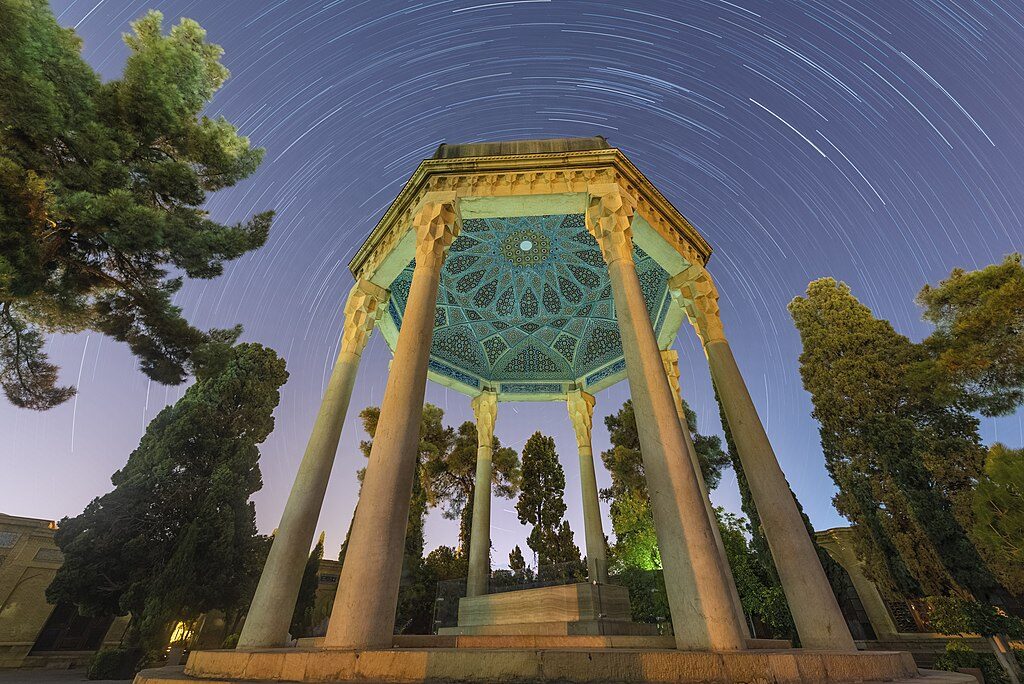


Comments
Post a Comment